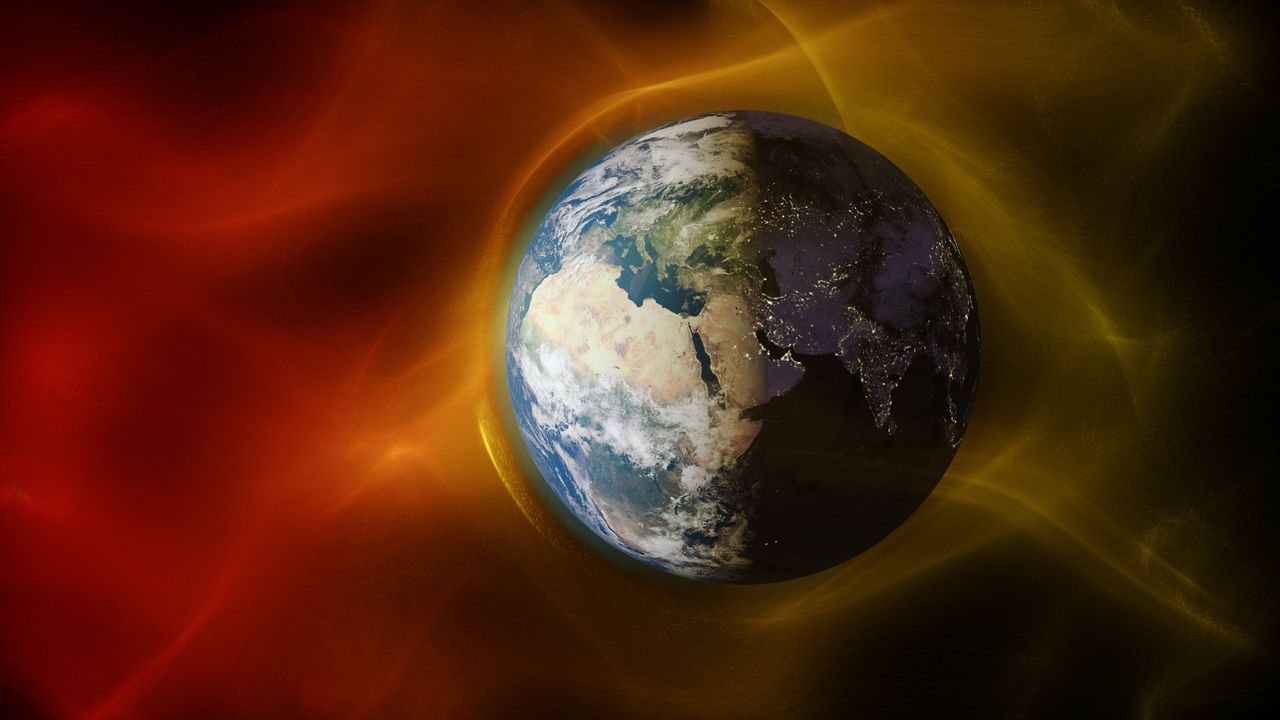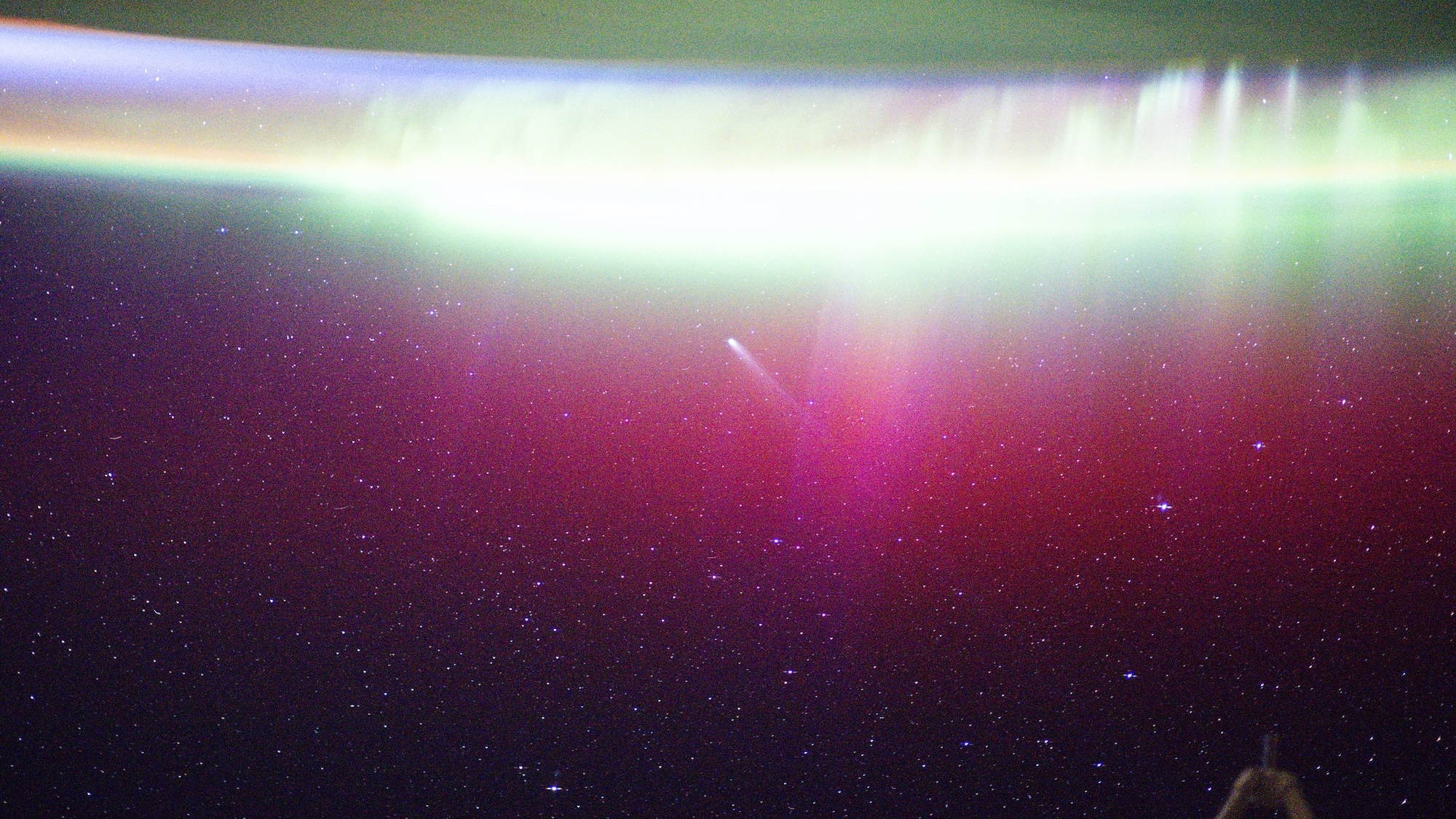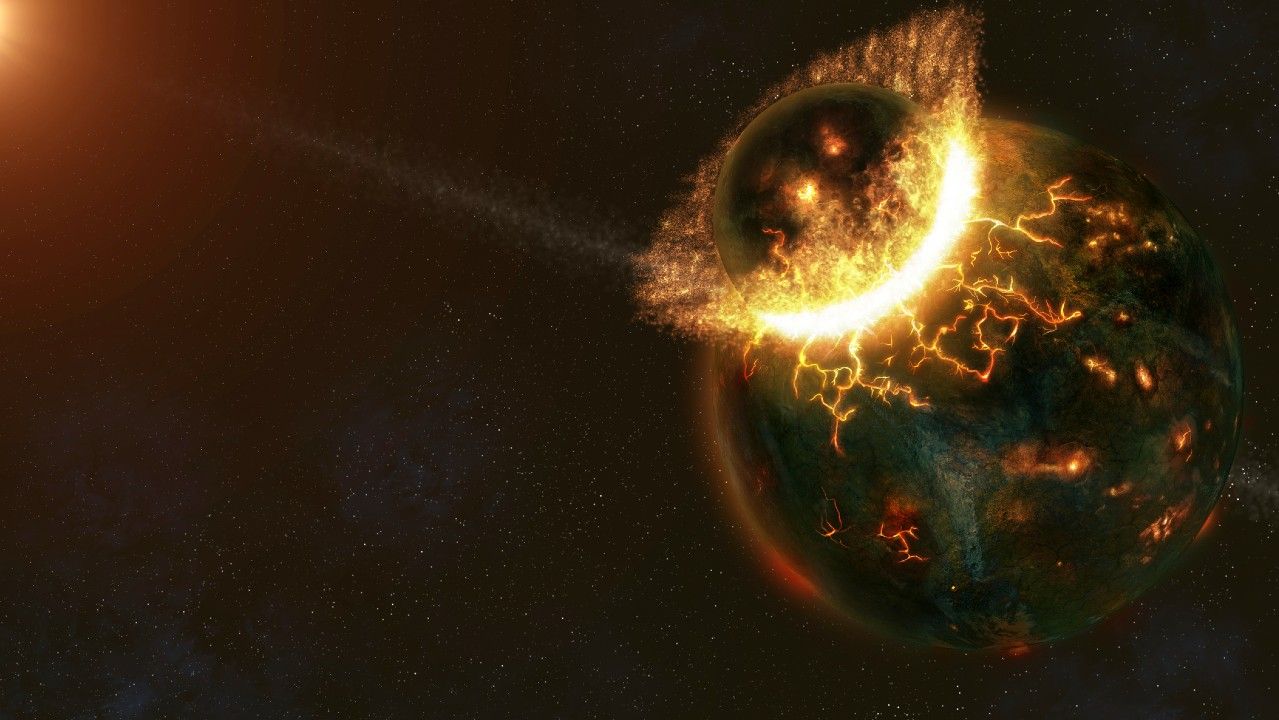Earth just got hit by a stealth solar storm no one saw coming
NeutralScience

- A stealth solar storm has struck Earth, signaling the sun's movement into a declining phase of its 11
- This development underscores the importance of monitoring solar activity, as such storms can disrupt communications and power systems, emphasizing the need for preparedness against solar weather events.
- The recent solar activity, including powerful flares and coronal mass ejections, highlights the sun's ongoing influence on Earth, with potential implications for auroras and technological disruptions.
— via World Pulse Now AI Editorial System







